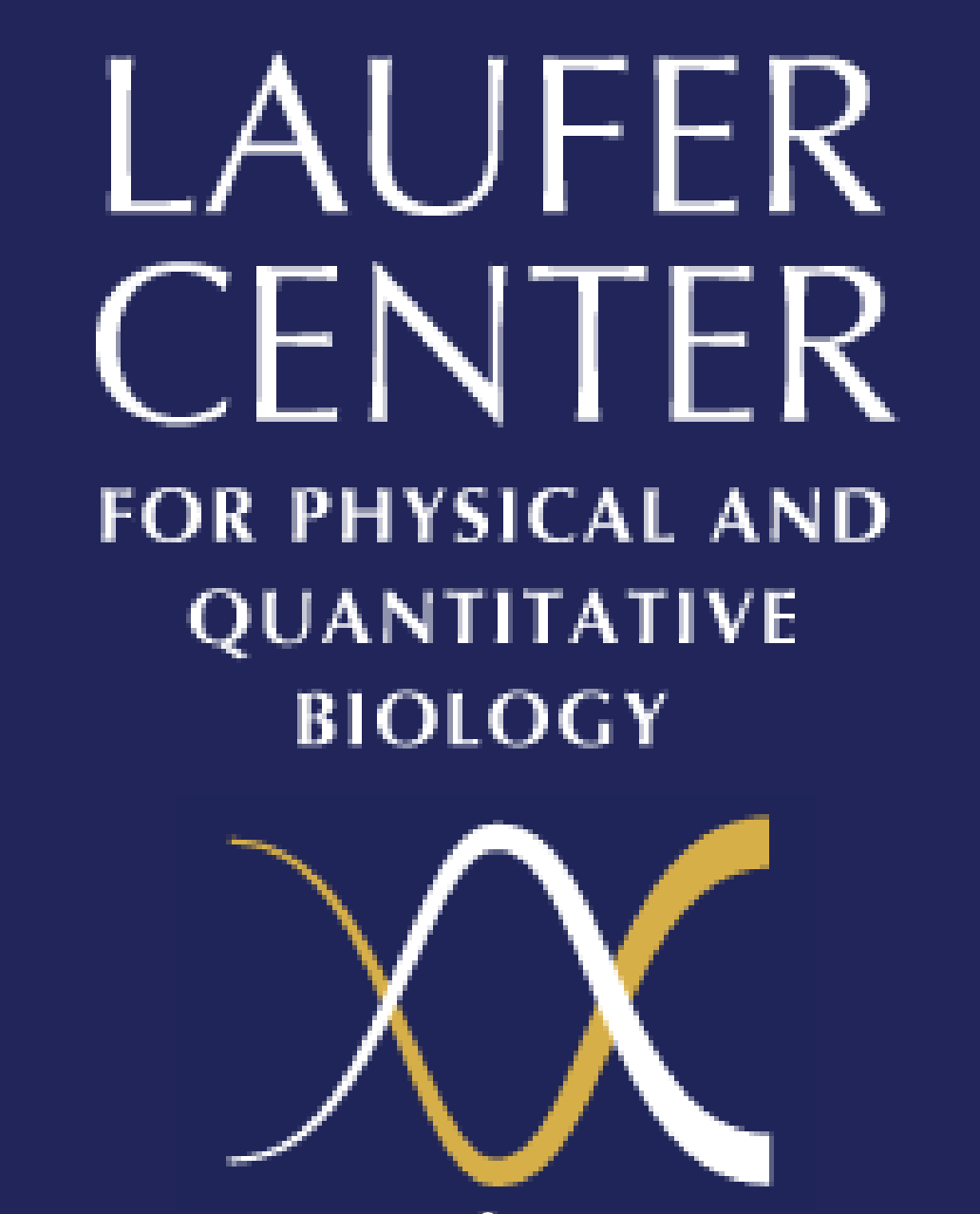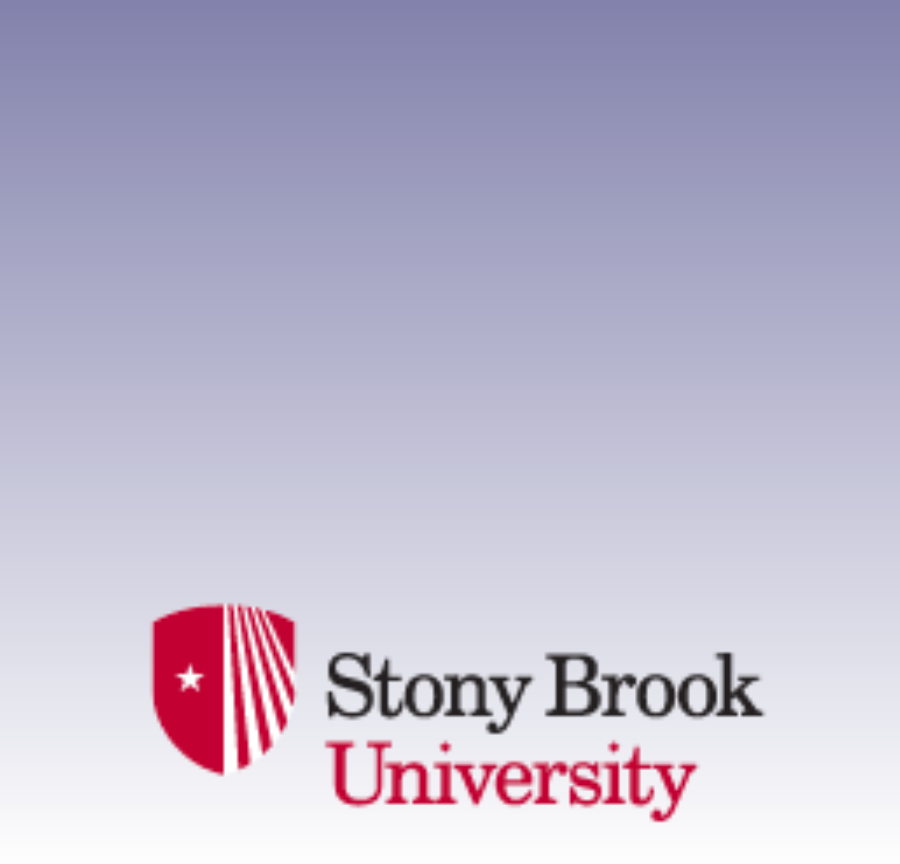Director's Remarks
Laufer Center Opening Event
May 12, 2012
Welcome to the Laufer Center Opening Event. This building will house faculty, students and computers. We do research at the scientific interface between the Life Sciences on the one hand – that is, biology and medicine – and the Physical Sciences on the other hand – that is, physics, math, chemistry and computer science. We call this interface Physical & Quantitative Biology.
The Center has a mission. It stems from grand challenges of science and technology that our nation faces. In short, we need new and better medicines. America’s drug discovery enterprise is sick. We now spend a third of a trillion dollars a year on drugs, and that’s growing by a factor of 3 every decade. Yet, pharmaceutical research and discovery is getting slower and costlier, not faster and cheaper as in the computer industry. Each new drug takes 10-20 years and a billion dollars of research to get to market. The number of new drugs entering the market has been small and unchanging for 60 years. Pharmaceutical companies are increasingly abandoning whole disease areas, like neuroscience, because research is too hard and expensive. And, we are losing the war against drug-resistant organisms called superbugs.
We need new and different, not more of the same. Discovering medicines has been done the same way for decades. It’s not just new drugs we need. We need new ways to discover them. We need new weapons in our drug-discovery arsenal.
The Laufer Center represents a step towards that future. We aim to inject a dose of physical science and deep basic discovery into the veins of Big Biomedicine. Of course, physics and math are already big players in Big Biomedicine. But let me distinguish the old from the new. The old way is called biophysics; the new way is called physical biology. The old way gave eyes and ears to biology, creating new ways to see and measure things, like electron microscopes, MRI and CAT scans. The old way was about observing smaller, faster, deeper and cheaper. The new physics in biology is about mathematical models, computer simulations and finding meaning in biological patterns. The new physics will work hand-in-hand with biology to penetrate more deeply into life’s mysteries.
To realize this future, we also need new types of institutions. We need centers that do collaborative and multi-disciplinary basic research. And we need investments that reflect patience and long-term payoff horizons.
It is the nation’s good fortune that there are people of generosity and social conscience – like Henry and Marsha and the Laufer family – who are stepping up to the plate, volunteering their resources and shouldering the responsibility for society’s future. But they can’t do it alone. It is also the nation’s good fortune to have visionary and creative leaders, like President Stanley and Provosts Kaler and Assanis, at the nation’s strongest research universities, like Stony Brook, where our nation houses its biggest innovation engines. According to Chuck Vest, former president of MIT: “Done right, donor-funded research centers are among the strongest ways modern universities can contribute to the long-term welfare of the society.”
I hope that you will join us in a few minutes, after the ribbon cutting, for a tour of the facility. You’ll see that the Center is not yet fully finished. But take a look at two things. First, notice that the space is designed to be collaborative and interactive, to foster communication. We have several seminar spaces and video displays, a teleconferencing auditorium, a central social area, and an interactive computer console called Mediascape. Even our walls and doors are designed to help us communicate – we can write on them.
Second, please notice the art. In the lobby is a beautiful sculpture by Bill Barrett, commissioned by the Laufers. And, we have wall art. In the course of their work, our scientists generate sketches, graphs, cartoons, and visual aids. We started with some of those images. Then a team headed by Jolanda Schreurs – together with our Junior Fellows Justin MacCallum and Chris Fennell – turned them into art, also with the help of Lynn Spinnato and Marsha Laufer.
On the walls, you’ll see some of our scientific themes: how computers are scratching their heads to discover drugs and decode the human genome, how physicists are figuring out the shapes of proteins, and how mathematicians are diagramming the complex biochemical wiring inside healthy and diseased cells.
Our Center also has 500 computers, 80 of which are called GPUs, giving us the equivalent of about 9000 times the power of your desktop computer. You won’t see our computers today because we didn’t give our computers the day off.
We have great expectations for the Laufer Center. We hope you’ll see our aspirations reflected in the design of the space.
I am deeply grateful to architect Jim Braddock and University facilities folks Barbara Chernow and Lou Rispoli for developing this space. I thank Arthur Grollman, Carlos Simmerling, Ben Luft and Annette Oesterreicher for getting us off the ground. And, I think Deborah Lowen-Klein and her team and the President Stanley and Provost Assanis for today’s arrangements.

